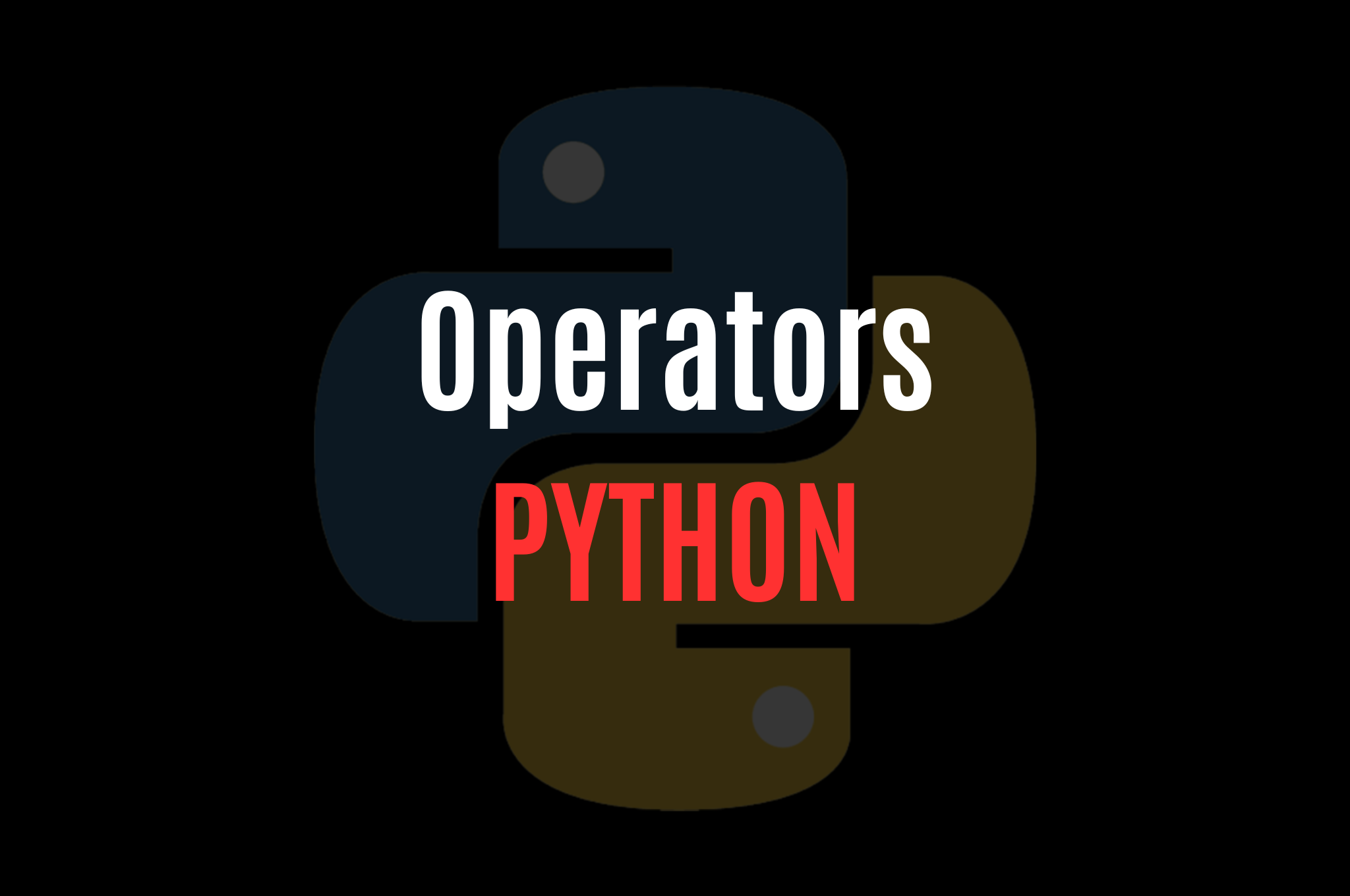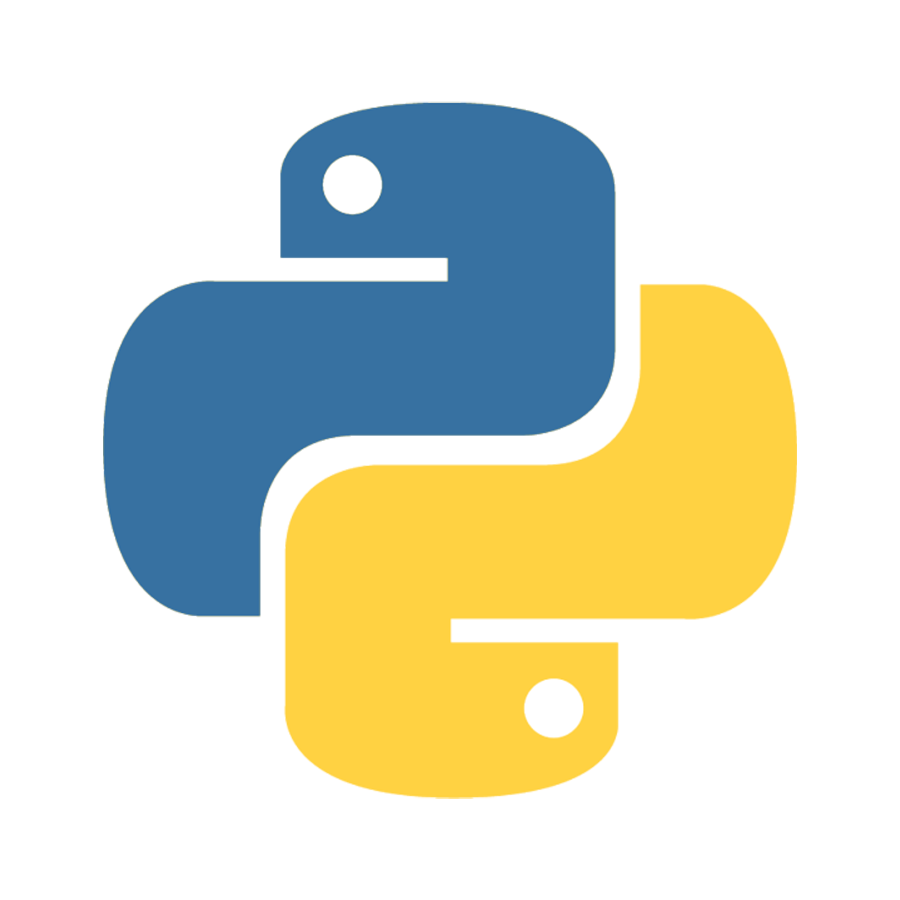
Functions in Python
Functions are reusable blocks of code designed to perform specific tasks. They help in organizing code, improving readability, and reducing redundancy. 1. Defining a Function[…]

Data Structures in Python
Data structures are used to organize and store data efficiently. Python provides several built-in data structures that allow for different kinds of operations and use[…]

Control Flow in Python
Control flow statements dictate the order in which the code is executed. Python provides conditional statements, loops, and control modifiers to manage program flow. 1.[…]

Operators in Python
Operators are special symbols or keywords used to perform operations on variables and values. Python supports various types of operators to handle different operations. 1.[…]

Input and Output in Python
Python provides simple ways to take input from the user and display output. These functionalities make programs interactive and allow for user customization. 1. Input[…]

Variables and Data Types in Python
1. Variables A variable is a name that refers to a value stored in memory. Variables are used to store data that can be referenced[…]

Basic Syntax in Python
The syntax of Python refers to the rules and structure of the language, dictating how Python code must be written to ensure it is valid.[…]

An Introduction to Python: The Beginner-Friendly Programming Language
Python is a versatile, high-level programming language known for its simplicity, readability, and vast range of applications. Designed by Guido van Rossum in the late[…]
